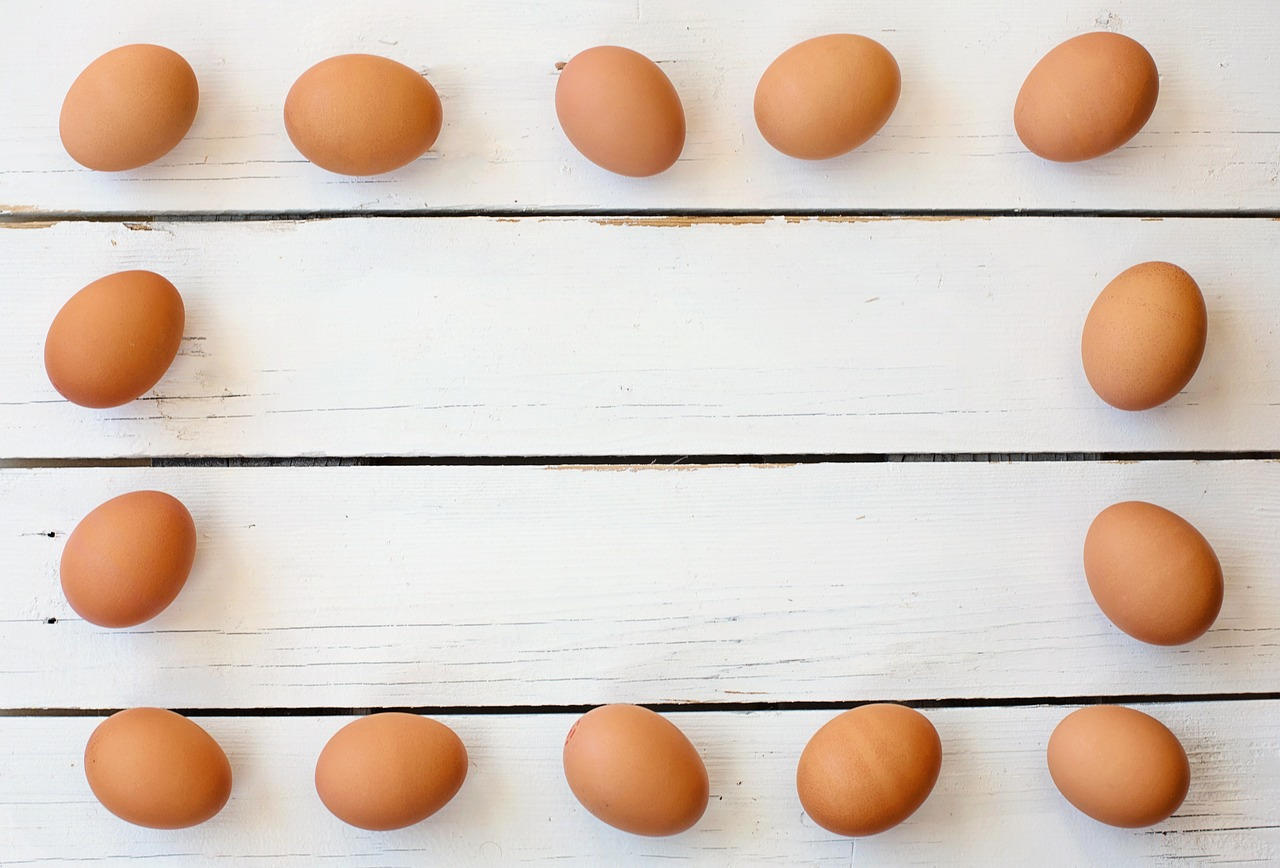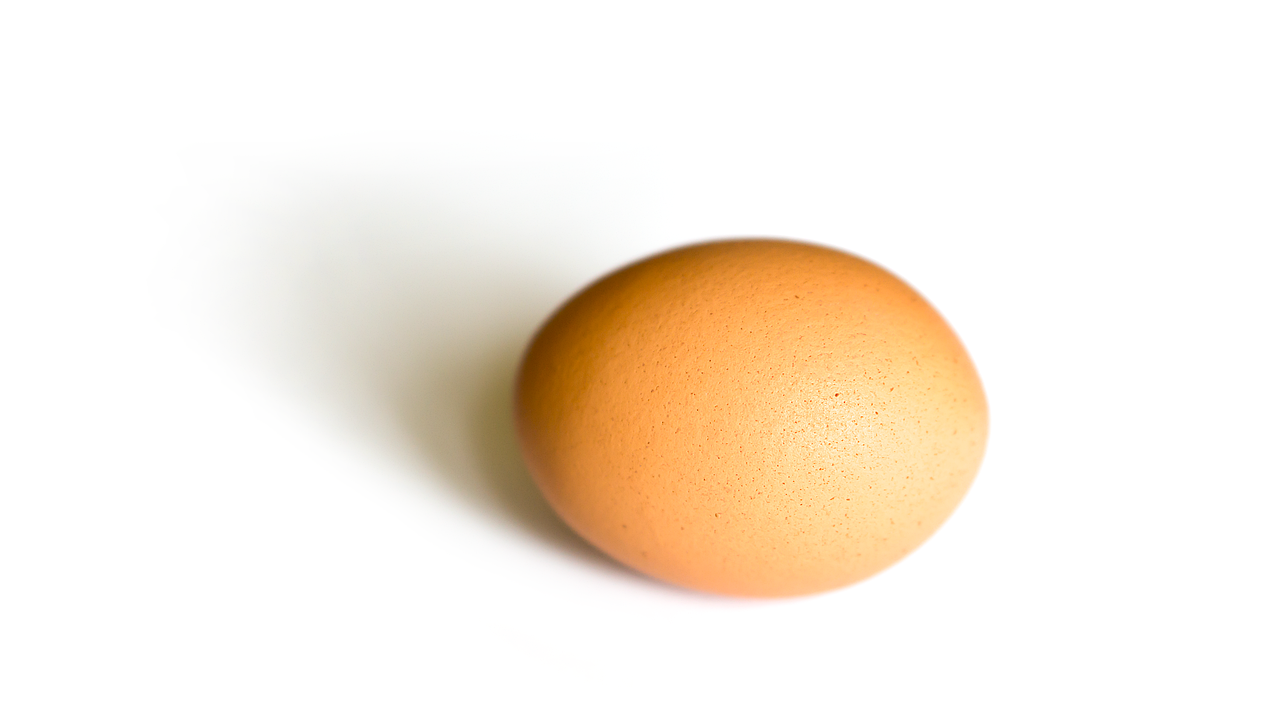Fried Egg Calories
As we navigate the dietary landscape, understanding the caloric content of the food we consume is of paramount importance to health and wellness. This article will empower you with information surrounding the calorie counts of various foods and drinks, from fruits like bananas and avocados to staples like eggs and chicken breast. It will help you understand how daily caloric intake affects your weight and overall health and will provide guidelines on the number of calories needed daily. Particular focus will be placed on the caloric content of a staple item in most diets: the humble and versatile fried egg.

Understanding Calories
What Are Calories?
Calories refer to a standard scientific measure of energy. They represent the amount of energy consumed or expended by your body. In the context of human biology and nutrition, when we mention calories, we are referring to the amount of energy your body can derive from foods or beverages you consume.
How Many Calories Are Present in Common Foods
The caloric content of foods varies widely. For example, a medium-sized apple contains roughly 95 calories, a medium-sized banana contributes 105 calories, and an average-sized egg provides 70-80 calories. It’s worth noting that the nature of food preparation, such as frying versus boiling, can significantly affect the final caloric count.
The Role of Calories in Our Body
Calories effectively serve as fuel for your body. They power all activities, from the biological functions that keep you alive to the physical actions you consciously perform. Over-consumption or under-consumption of calories can lead to weight gain or weight loss, respectively.
Daily Caloric Intake Recommendations
Understanding Daily Caloric Needs
The number of calories you require each day relies on various factors, including your age, sex, current weight, height, and activity level. As a base guideline, the average adult woman requires around 2000 calories per day to maintain her weight and the average adult man needs about 2500 calories.
How Many Calories Should I Eat in a Day?
This depends greatly on your personal goals and activity level. To maintain your current weight, you’d ideally match your intake with your current daily caloric expenditure. If you aim to lose weight, you would need to create a caloric deficit.
Factors Affecting Daily Caloric Requirement
Various factors impact your daily caloric requirement, including your sex, age, height, current weight, and activity level. Moreover, specific metabolic conditions, genetic factors, and the type of lifestyle you lead can also influence your calorie requirements.

Caloric Deficit and Weight Loss
How Many Calories to Lose Weight?
To lose weight, a commonly recommended approach is to reduce your caloric intake by 500 – 1000 calories a day, which can lead to a weight loss of around 1-2 pounds per week. It’s critical to ensure you’re still consuming enough calories to fuel your body’s basic functions.
Creating a Healthy Caloric Deficit
Creating a healthy caloric deficit involves balancing a properly portioned diet with physical activity. Cutting calories drastically can lead to nutrient deficiencies and decrease your metabolism, making weight loss more challenging.
The Role of Exercise in Burning Calories
Exercise is a helpful tool to increase your daily calorie burn, making it easier to create a caloric deficit. Different exercises burn varying amounts of calories, depending on their intensity and your weight.
Calories in Fruits
How Many Calories Are in an Apple?
A medium-sized apple contains approximately 95 calories.
Caloric Content of Bananas
A medium-sized banana provides about 105 calories.
Calories in Avocado and other Fruits
A medium-sized avocado delivers around 240 calories, which is higher due to its high fat content. Other fruits like a medium-sized orange and a cup of strawberries contribute about 60 and 50 calories respectively.

Calories in Animal Products
How Many Calories Are in an Egg?
On average, a single medium-sized egg provides between 70-80 calories.
Caloric Content of Chicken Breast
A boneless, cooked chicken breast of about 3 ounces holds around 165 calories.
Comparing Calories in Different Meats
The caloric content of meats can vary greatly. For instance, a 3-ounce portion of lean beef provides about 170 calories while the same sized portion of turkey provides about 125 calories. It’s important to note the cooking method can significantly impact the final caloric content.
Miscellaneous Food Calorie Contents
Calories in Alcoholic Drinks Like Vodka
A standard 1.5-ounce shot of vodka contains approximately 100 calories.
How Many Calories Are in a Big Mac?
A Big Mac from McDonald’s contains about 540 calories.
Calories in a Cup of Rice and Other Grains
A cup of cooked white rice carries roughly 200 calories, while a cup of cooked quinoa provides about 220 calories and 1 slice of whole wheat bread has about 70 calories.

Understanding Fried Egg Calories
Composition of a Fried Egg
Fried eggs contain approximately 90 calories. Along with these calories, they also provide high-quality protein, vitamins, and minerals.
Impact on Dietary Intake and Daily Caloric Requirement
A single fried egg contributes towards your daily caloric requirement but also yields important nutrients such as proteins and vitamins, which all play crucial roles in your body.
Comparison of Fried Eggs with Other Forms of Eggs
The way eggs are cooked can affect their caloric content. For instance, a boiled egg contains around 70 calories, while a fried egg might have up to 90 calories, due to the oil or butter used during cooking.
Factors Affecting Calories Burned in a Day
Understanding Daily Caloric Burn
Your total energy expenditure or daily caloric burn consists of the calories burned through basic bodily functions (BMR), digesting food (thermic effect of food), and physical activity.
The Role of Physical Activity
Physical activity plays a vital role in increasing your daily caloric burn. The more active you are, the more calories you burn in a day.
Differences in Caloric Burn Based on Individual Factors
Individual factors such as your weight, sex, age, and muscle mass, among others, can influence your daily caloric burn. For example, individuals with more muscle mass tend to burn more calories, even at rest.
Calorie Burn Through Exercise
What Exercise Burns the Most Calories?
High-intensity activities like running, swimming, or circuit training tend to burn the most calories.
Range of Calories Burned Through Different Exercises
Each exercise burns a different number of calories. For example, a 155-pound individual burns approximately 372 calories during 30 minutes of vigorous cycling, while the same individual might burn 223 calories from 30 minutes of weight training.
Role of Consistency and Intensity in Burning Calories
The more consistently you exercise, and the higher the intensity of your workouts, the more calories you will typically burn.
Interpreting Food Labels for Calorie Counting
How to Read Food Labels for Caloric Content
food labels provide key information about the caloric content of foods. This is usually listed as ‘Energy’ and can be measured in kilocalories (kcal) or kilojoules (kJ).
Understanding Different Units of Caloric Measurement
In nutritional terms, when we say “calorie,” we generally mean “kilocalorie,” which is often just shortened to ‘calorie.’
Importance of Portion Sizes in Calorie Counting
Understanding portion sizes is key to accurate calorie counting. The caloric content listed on food labels usually refers to a specific portion size, and consuming larger or smaller portions will adjust your caloric intake accordingly.
